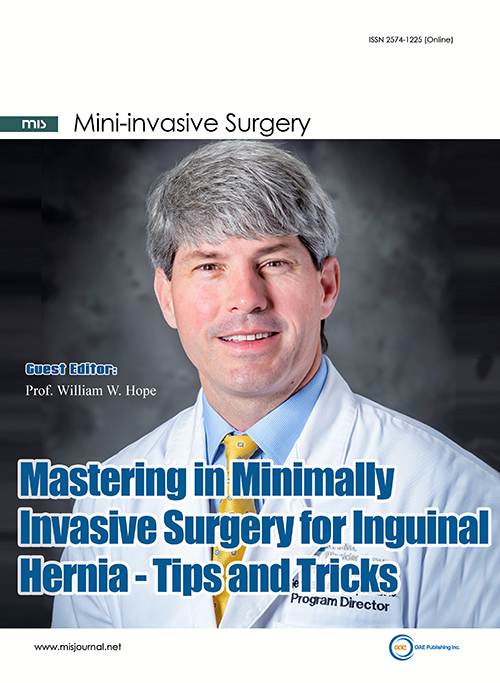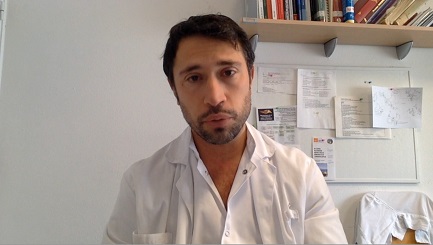
Topic: Mastering in Minimally Invasive Surgery for Inguinal Hernia-Tips and Tricks
Guest Editor(s)
Special Issue Introduction
Inguinal hernias are one of the most common surgical problems in the world. The field of inguinal hernia repair was revolutionized in the 1950s with the concept of tension free repairs and the use of mesh prosthetics. Another more recent revolution in surgery, minimally invasive surgery, has also started to play a large role in inguinal hernia repair and has given surgeons options on how to treat this common surgical problem. Although there is still some debate and controversy, minimally invasive surgery for inguinal hernia repair has become a viable surgical option for inguinal hernia repair and in some case the preferred technique. One of the potential reasons for the slow adaptation of minimally invasive techniques is the difficulty in learning this somewhat complex technical surgery. However, as some of the potential advantages of the minimally invasive surgery for inguinal hernia are being recognized, there has been renewed interest in learning this technique as well as technology and innovation to help surgeons master these approaches. In this Special Issue, we will cover many of the current important topics related to minimally invasive inguinal hernia repair, including indications for surgery and comparisons with open surgery, technical factors such as the use of mesh and optimal fixation techniques, novel techniques such as robotic surgery and totally expanded extraperitoneal repairs, minimally invasive management of incarcerated/strangulated hernias, and the management of intraoperative and postoperative complications including groin pain.
Submission Deadline
26 Feb 2021
Submission Information
For Author Instructions, please refer to https://www.oaepublish.com/mis/author_instructions
For Online Submission, please login at https://oaemesas.com/login?JournalId=mis&SpecialIssueId=514
Submission Deadline: 26 Feb 2021
Contacts: Judith Duan, Assistant Editor, miniinvasive.editor@misjournal.net






